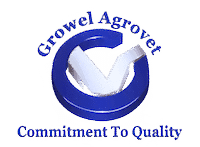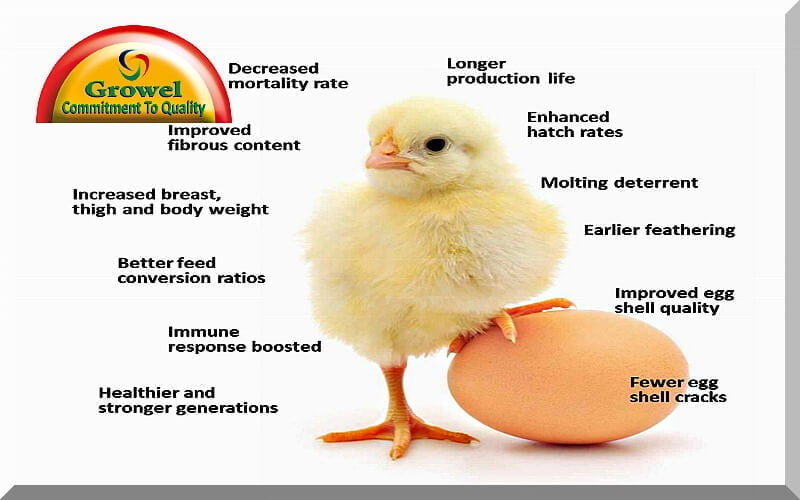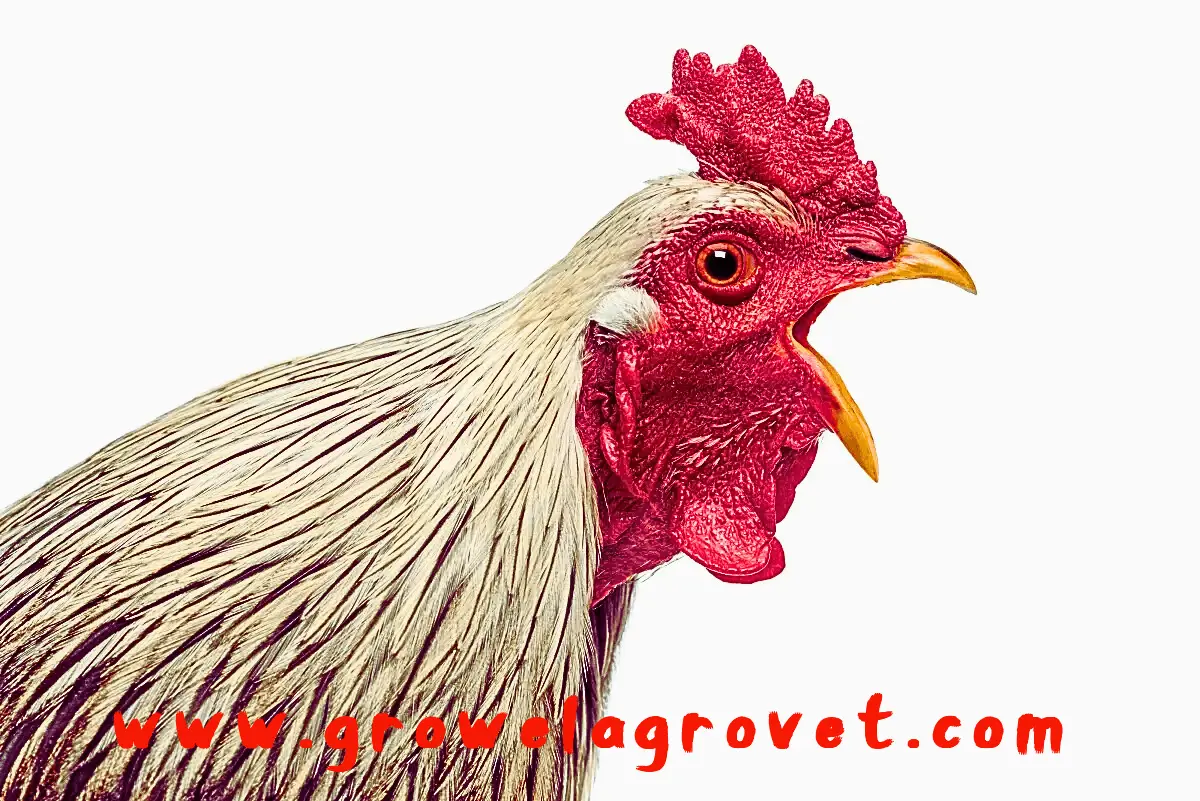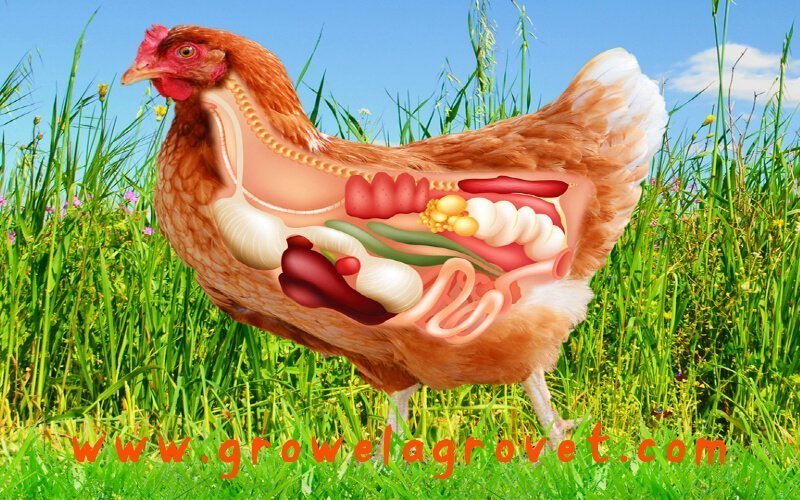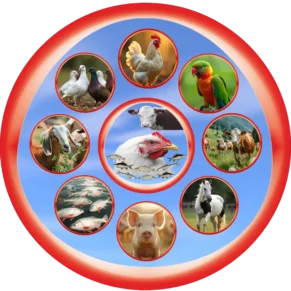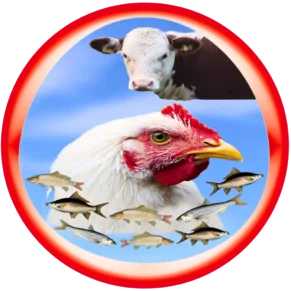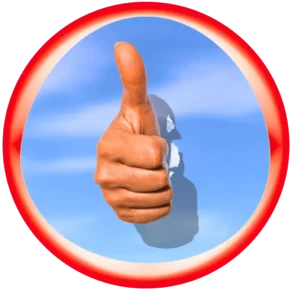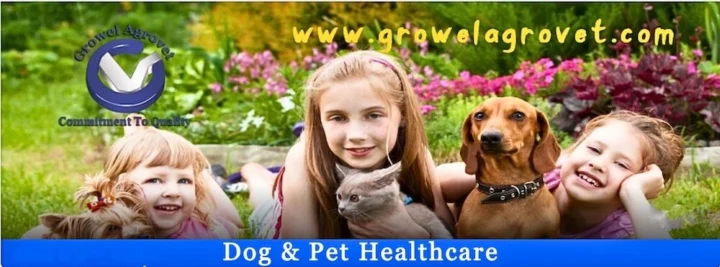Vitamins & Minerals for Poultry has very important roles for a healthy and profitable poultry business.One of the common issues with regard to poultry relates to poor or inadequate feeding programmes that can lead to vitamins and minerals deficiencies for poultry.As indicated adequate vitamins & minerals for poultry is vital, lack of it produce numerous health problems for birds including in some cases, death.Thus,to prevent vitamins & minerals deficiencies in poultry or when deficiency symptoms are noted, feeding a balanced poultry diet with the required vitamins and minerals should be practised.
Even in this day of popular commercial feeds and the general knowledge that all living creatures, human and animal alike, need vitamins at times there still is that one bird or small flock that needs extra help. This article hopefully will help you find the right vitamins & minerals for Poultry to correct any problems that occur.
This article is written to help our poultry farmers to understand the importance of vitamins & minerals for poultry. Today expectant mothers are given vitamins & minerals supplements, we give our children vitamin supplements and as we get older we are recommended vitamins to sustain our health & stamina. The same way there is a requirement of vitamins & minerals for poultry.
The following narrative show the effect of deficiencies of the most important vitamins & minerals for poultry.
Vitamin’s For Poultry:
Poultry Vitamin A :Vitamin A is needed by chicks for growth and by adult birds to maintain good health, egg production, and hatchability. A severe vitamin A deficiency gives birds the appearance of having a form of
chronic respiratory disease, a cold, or other such diagnosis. There is a discharge from one or both nostrils, swelling of the face around the eyes, and the eyelids may be glued together by a discharge from them; yellowish white, round, cheesy patches about the size of a pinhead may be seen in the mouth and throat. These same symptoms are also caused by some common poultry virus or disease.
It is important for those of you that raise turkeys to note that twice as much, vitamin A is required by this bird compared to a chicken.
Poultry Vitamin B:Vitamin B has been split into several different groups. The one that is of interest to us is vitamin B-1, also known a thiamin. Deficiency of Vitamin B involves the nervous system and young birds are most likely to be affected. Affected birds show weakness, particularly of the legs, with loss of weight, in coordination and jerky movements of the neck and legs.
Poultry Vitamin D:Deficiency of Vitamin D the weak legs, ruffled feathers, and a general unthrifty condition are typical. In this particular individual even, the beak is soft and out of shape, which is not, however, always a symptom accompanying leg weakness. These symptoms normally show up between the 4th and 11th weeks of brooding. Vitamin D is sometimes called the sunshine vitamin. This vitamin is necessary to prevent rickets in growing chicks and to prevent a condition often known as egg paralysis that accompanies the production of soft shelled eggs in laying birds. When consideration is taken to supplement vitamin D, the calcium and mineral content of the ration must also be considered. A consultation with your vet would be very appropriate in this instance.
Poultry Vitamin E:Vitamin E seems to be essential for normal reproduction in hatching. Young chicks grown on a vitamin E deficient diet from the time of hatching develop a condition of imbalance and loss of muscular control about the third week. These chicks are found staggering around the pen or lying on their sides.The most concentrated source of Vitamin E is Grow E-Seland will undoubtedly prove beneficial in increasing hatchability.
Poultry Vitamin K:Vitamin K This is not visible to the naked eye. The picture taken shows us the research taken to find the cause of death. Today this is extremely rare. Vitamin K is known to preserve the clotting power of blood. In the absence of this vitamin,chicks bleed to death from any injury causing a rupture of the blood vessel walls.
Poultry Vitamins B-5: Pantothenic Acid (Chick Dermatitis) Achick affected with this vitamin deficiency is shown with scabby lesions on the marginof the eyelids, at the corners of the mandibles of the beak, and on the feet. Theselesions sometimes also appear around the vent. Evidently the first symptom is the chick sitting back on its hocks and is not willing to move around from the discomfort and weakness.
Mineral’s For Poultry:
Manganese for Poultry: A deficiency of manganese in the diet of immature chickens and turkeys is one of the causes of perosis and of thin-shelled eggs and poor hatchability in mature birds, It can also cause chondrodystrophy.The most dramatic effect of manganese deficiency syndrome is perosis, characterized by enlargement and malformation of the tibiometatarsal joint, twisting and bending of the distal end of the tibia and the proximal end of the tarsometatarsus, thickening and shortening of the leg bones, and slippage of the gastrocnemius tendon from its chondyles.Elevated intakes of calcium and/or phosphorus will aggravate the condition due to reduced absorption of magnesium by precipitated calcium phosphate in the intestinal tract.In laying hens,reduced egg production, markedly reduced hatchability, and eggshell thinning are often noted.
A manganese-deficient breeder diet can result in chondrodystrophy in chick embryos. This condition is characterized by shortened, thickened legs and shortened wings. Other signs can include a parrot beak brought about by a disproportionate shortening of the lower mandible, globular contour of the head due to anterior bulging of the skull, edema usually occurring just above the atlas joint of the neck and extending posteriorly, and protruding of the abdomen due to unassimilated yolk. Growth is also reduced and development of down and feathers is retarded. A manganese-deficient chick has a characteristic star-gazing posture, because the otoliths of the inner ear are defective or absent. Deformities cannot be corrected by feeding more manganese. Effects of manganese deficiency on egg production is fully corrected by feeding a diet containing 30–40 mg of Mn/kg, provided the diet does not contain excess calcium and/or phosphorus.
Iron & Copper for Poultry: Deficiencies of both iron and copper can lead to anemia. Young chicks become lame in 2–4 weeks when fed a copper-deficient diet. Bones are fragile and easily broken, epiphyseal cartilage becomes thickened, and vascular penetration of the thickened cartilage is markedly reduced.
Copper-deficient chickens may also display ataxia and spastic paralysis. Copper deficiency in birds, and especially in turkeys, can lead to rupture of the aorta. The biochemical lesion in the copper-deficient aorta is likely related to failure to synthesize desmosine, the cross-link precursor of elastin. The lysine content of copper-deficient elastin is 3 times that seen in control birds, suggesting failure to incorporate lysine into the desmosine molecule.
Iodine for Poultry: Iodine deficiency results in a decreased output of thyroxine from the thyroid gland, which in turnstimulates the anterior pituitary to produce and release increased amounts of thyroid stimulatinghormone (TSH). This increased production of TSH results in subsequent enlargement of the thyroidgland, usually termed goiter. The enlarged gland results from hypertrophy and hyperplasia of thethyroid follicles, which increases the secretory surface of the follicles.
Lack of thyroid activity or inhibition of the thyroid by administration of thiouracil or thiourea causes hens to cease laying and become obese. It also results in the growth of abnormally long, lacy feathers. Administration of thyroxine or iodinated casein reverses the effects on egg production,with eggshell quality returning to normal. The iodine content of an egg is markedly influenced by the hen’s intake of iodine. Eggs from a breeder fed an iodine-deficient diet will exhibit reduced hatchability and delayed yolk sac absorption. Rapeseed meal and, to a lesser extent, canola meal contain goitrogens that cause thyroid enlargement in young birds. Iodine deficiency in poultry can be avoided by supplementing the feed with as little as 0.5 mg of iodine/kg.
Magnesium for Poultry:Natural feed ingredients are rich in magnesium; thus deficiency is rare and magnesium is rarely added to diets. Newly hatched chicks fed a diet devoid of magnesium live only a few days. They grow slowly, are lethargic, and often pant and gasp. When disturbed, they exhibit brief convulsions and become comatose, which is sometimes temporary, but often fatal. Mortality is quite high on diets only marginally deficient in magnesium, even though growth of survivors may approach that of control birds.
A magnesium deficiency in the diet of laying hens’ results in a rapid decline in egg production, blood hypomagnesemia, and a marked withdrawal of magnesium from bones. Egg size, shell weight, and the magnesium content of yolk and shell are decreased. Increasing the dietary calcium of laying hens accentuates these effects. Magnesium seems to play a central role in eggshell formation, although it is not clear whether there is a structural need or whether magnesium simply gets deposited as a cofactor along with calcium.Requirements for most classes of chicken seem to be ~500–600 ppm Mg, a level that is usually achieved with contributions by natural feed ingredients.
Potassium, Sodium & Chloride for Poultry:While requirements for potassium, sodium, and chloride have been clearly defined, it is also important to maintain a balance of electrolytes in the body. Often termed electrolyte balance or acid-base balance, the effects of deficiency of any one element are often a consequence of alteration to this important balance as it affects osmoregulation.
A deficiency of chloride causes ataxia with classic signs of nervousness, often induced by sudden noise or fright. The main sign of hypokalemia is an overall muscle weakness characterized by weak extremities, poor intestinal tone with intestinal distention, cardiac weakness, and weakness and ultimately failure of the respiratory muscles.
Birds that are fed a diet low in protein and potassium or that are starving grow slowly but do not show a potassium deficiency. Potassium derived from metabolized tissue protein replaces that lost in the urine. The ratio of potassium to nitrogen in urine is relatively constant and is the same as that found in muscle. Thus, tissue nitrogen and potassium are released together from catabolized tissue.
A deficiency of sodium leads to a lowering of osmotic pressure and a change in acid-base balance in the body. Cardiac output and blood pressure decrease, hematocrit increases, elasticity of subcutaneous tissues decrease, and adrenal function is impaired. This leads to an increase in blood uric acid levels, which can result in shock and death.A less or severe sodium deficiency in chicks can result in retarded growth, soft bones, corneal keratinization, impaired food utilization, and a decrease in plasma volume. In layers, reduced egg production, poor growth, and cannibalism may be noted. A number of diseases can result in sodium depletion from the body (e.g., GI losses from diarrhea or urinary losses from renal or adrenal damage).
Electrolyte for Poultry: The primary role of electrolytes in poultry is in maintenance of body water and ionic balance. Thus, requirements for elements such as sodium, potassium, and chlorine cannot be considered individually because it is the overall balance that is important. Overall electrolyte balance is always important, but is most critical when chloride or sulfur levels are high. With low dietary chloride levels, there is often little response to the manipulation of electrolyte balance; however, when dietary chloride levels are high, it is critical to adjust the dietary cations to maintain overall balance.
Selenium for Poultry:A deficiency of selenium in growing chickens causes exudative diathesis. Early signs (unthriftiness, ruffled feathers) usually occur at 5–11 wk of age. The edema results in weeping of the skin, which is often seen on the inner surface of the thighs and wings. The birds bruise easily, and large scabs often form on old bruises. In laying hens, such tissue damage is unusual, but egg production, hatchability, and feed conversion are adversely affected.
The metabolism of selenium is closely linked to that of vitamin E, and signs of deficiency can sometimes be treated with either the mineral or the vitamin. Vitamin E can spare selenium in its role as an antioxidant, and so some selenium-responsive conditions can also be treated by supplemental vitamin E.
Zinc for Poultry: Zinc requirements and signs of deficiency are influenced by dietary ingredients.In young chicks, signs of zinc deficiency include retarded growth, shortening and thickening of leg bones and enlargement of the hock joint, scaling of the skin (especially on the feet),very poor feathering, loss of appetite, and in severe cases, mortality.While zinc deficiency can reduce egg production in aging hens, the most striking effects are seen in developing embryos. Chicks hatched from zinc-deficient hens are weak and cannot stand, eat, or drink. They have accelerated respiratory rates and labored breathing. If the chicks are disturbed, the signs are aggravated and the chicks often die. Retarded feathering and frizzled feathers are also found.However,the major defect is grossly impaired skeletal development.Zinc-deficient embryos show micromyelia,curvature of the spine, and shortened, fused thoracic and lumbar vertebrae. Toes often are missing and, in extreme cases, the embryos have no lower skeleton or limbs.Some embryos are rumples, and occasionally the eyes are absent or not developed.You should also read Vitamins and Minerals for Layer Poultry
If you are into poultry related business & want to earn maximum profit in your business then please join our Facebook group How To Do Profitable Poultry & Cattle Farming ?
ग्रोविट- ए | A Powerful Poultry Growth Promoter with 46 Amino Acids, Vitamins & Minerals . |

